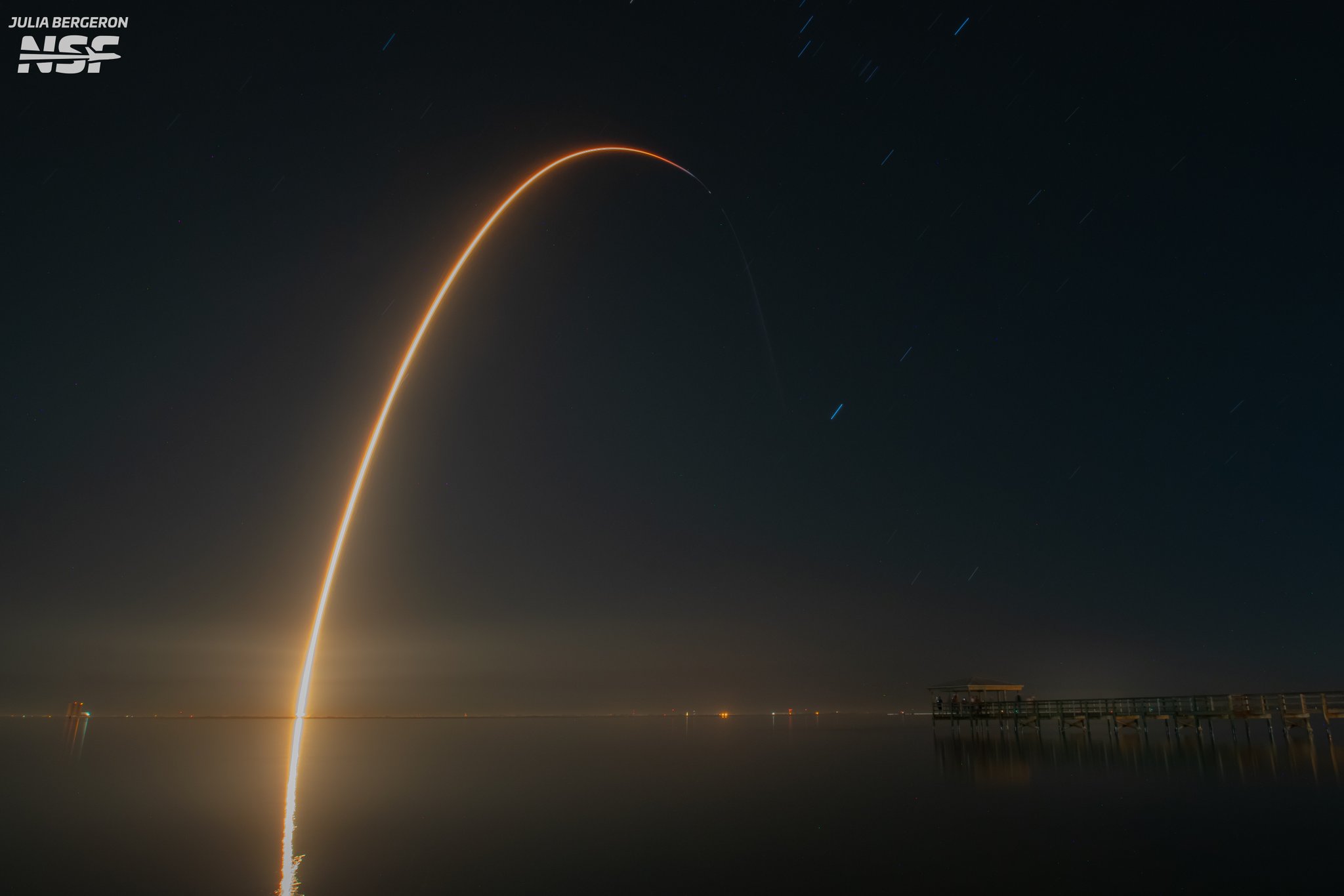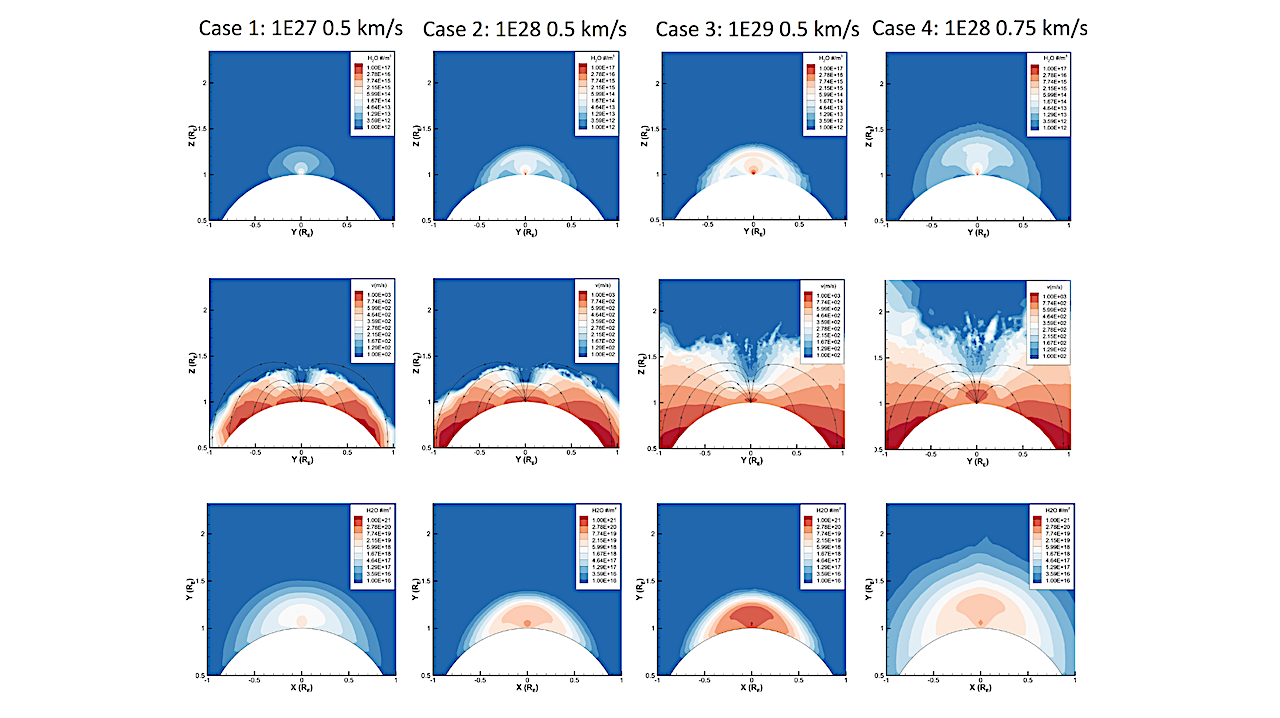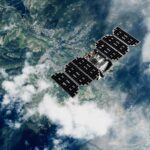Now Reading: China Launches Three Taikonauts to Tiangong Space Station
-
01
China Launches Three Taikonauts to Tiangong Space Station
China Launches Three Taikonauts to Tiangong Space Station


This week marks another exciting chapter in China’s space exploration efforts with the launch of three taikonauts headed for the Tiangong space station. Set to lift off on Thursday, April 24, at 09:17 UTC from Site 901 at the Jiuquan Satellite Launch Centre, this mission represents China’s 15th crewed flight into space and is the ninth transportation mission to Tiangong since its inception.
While the specifics of the crew members are typically kept under wraps until just before launch, the three astronauts aboard this mission were selected last February. They’re expected to replace the Shenzhou 19 crew, who will return home after an extensive six-month stay aboard the station. This handover is a critical component of ongoing human operations in low Earth orbit, showcasing China’s growing capabilities in crewed spaceflight. To date, the nation has successfully launched 24 taikonauts into orbit, with Jing Haipeng setting this record by flying four times. The approach to human spaceflight reflects a commitment not only to exploration but also to scientific research and international collaboration.
The Chang Zheng 2F/G rocket, which will carry the taikonauts, is currently the only crew-rated launch vehicle in China’s arsenal. Preparations for the launch have included rigorous pre-flight testing to ensure the vehicle is ready for the challenging journey ahead. The rocket has been rolled to the launch pad, and the Tiangong station has been maneuvered into the correct position for the Shenzhou 20 spacecraft’s docking.
The Tiangong space station itself has been a focal point of China’s space ambitions. Since its first segment was launched in 2021, it has been continuously inhabited, allowing for a host of scientific experiments, technology demonstrations, and international cooperation in space science. This expansion into human spaceflight indicates a significant leap for the Chinese space program, making strides toward future endeavors, including potential lunar missions and even increased collaboration with other nations.
As we look forward to the launch, one cannot help but remember the historical significance of human spaceflight. The mission not only promises to extend human presence in orbit but also contributes to our understanding of life in space, providing critical data that will inform future extended-duration missions beyond low Earth orbit.
As the countdown continues, anticipation builds—not just for the mission itself, but for what it represents: humanity’s unyielding quest to explore the vastness of space, push boundaries, and ultimately, our desire to understand our place in the universe.
On April 21, at 8:48 PM EDT (00:48 UTC on April 22), SpaceX will launch its third Bandwagon rideshare mission from Space Launch Complex 40 (SLC-40) at the Cape Canaveral Space Force Station in Florida. This mission represents a significant opportunity for small satellite operators to access low Earth orbit (LEO) affordably and efficiently.
The Bandwagon missions are made to accommodate small satellite clients by providing rideshare capabilities into mid-inclination LEO. Unlike SpaceX’s Transporter missions, which typically target Sun-synchronous orbits, Bandwagon offers a different orbital option, enhancing flexibility for satellite deployment. Each mounting port on the Evolved Expendable Launch Vehicle Secondary Payload Adapter (ESPA) can accommodate payloads up to 50 kg for a base price of $300,000, making it an attractive choice for startups and established companies alike. With this economical pricing structure, companies can streamline their budgets, allowing for more innovation and experimentation in satellite technology.
This particular launch is notable not only for its reasonable investment rideshare capabilities but also for the advanced technologies it will demonstrate. Among the payloads is the Atmos Space Cargo’s Phoenix-1 reentry capsule, which is poised to test an innovative inflatable heat shield designed for atmospheric reentry. This capsule will complete two orbits before deploying its heat shield, allowing it to decelerate from orbital speeds without the need for parachutes. By successfully demonstrating this technology, Atmos aims to pave the way for future missions capable of transporting larger payloads, including rocket stages and various scientific equipment.
One exciting aspect of the Phoenix-1 is its capability to carry significant payloads in the future; while this initial flight will only transport up to 100 kg, later iterations are expected to haul several tonnes. The monumental leap in reentry technology could revolutionize how space missions handle payload return, fostering advancements in satellite servicing and deep-space exploration.
In addition to the Phoenix-1, the payload manifest for this mission is expected to include several weather monitoring satellites from Tomorrow.io alongside a twelfth cluster of Earth observation satellites from HawkEye 360. As the space industry continues to evolve, these satellites play crucial roles in data collection for climate monitoring and disaster management, making the information extracted from this launch invaluable for global initiatives.
Following their successful deployment, the payloads will be positioned in operational orbits, optimizing their functionality for the respective missions they serve. Each Bandwagon flight further solidifies SpaceX’s reliability in the commercial space sector. After the first Bandwagon mission successfully launched nine payloads to LEO earlier this month, this upcoming flight will mark a continuing evolution in SpaceX’s rideshare offerings.
As for the Falcon 9 booster, B1090 will be making its third flight, a testament to SpaceX’s commitment to reusability. After a successful ascent, the booster is expected to return to the Cape for a landing at Landing Zone 2 (LZ-2), reinforcing the company’s dedication to sustainable launch practices and cost efficiencies. This particular booster has already demonstrated its capabilities by previously supporting the 03b mPower mission and the Crew-10 launch to the ISS.
Following the Bandwagon mission, SpaceX has two additional Starlink missions lined up to boost its satellite internet constellation. The first, Starlink Group 6-74, is scheduled for launch on April 24, carrying a new batch of satellites into the largest shell of the Starlink network. The second, Starlink Group 11-9, will take off from Vandenberg Space Force Base on April 26 with more Starlink v2-Mini satellites to improve global internet coverage.
These missions play a vital role in expanding access to high-speed internet across remote and underserved regions of the globe. Each successful launch moves SpaceX closer to its goal of providing connectivity to millions worldwide, emphasizing the transformative impact of satellite technology on everyday life.
The continuous stream of launches and technological advancements encapsulated in these missions highlights an exciting era in space exploration—one that promises to redefine our understanding of communication, research, and exploration in the cosmos.
Stay Informed With the Latest & Most Important News
Previous Post
Next Post
-
 01From Polymerization-Enabled Folding and Assembly to Chemical Evolution: Key Processes for Emergence of Functional Polymers in the Origin of Life
01From Polymerization-Enabled Folding and Assembly to Chemical Evolution: Key Processes for Emergence of Functional Polymers in the Origin of Life -
 02Panasonic Leica Summilux DG 15mm f/1.7 ASPH review
02Panasonic Leica Summilux DG 15mm f/1.7 ASPH review -
 03Two Black Holes Observed Circling Each Other for the First Time
03Two Black Holes Observed Circling Each Other for the First Time -
 04How New NASA, India Earth Satellite NISAR Will See Earth
04How New NASA, India Earth Satellite NISAR Will See Earth -
 05And Thus Begins A New Year For Life On Earth
05And Thus Begins A New Year For Life On Earth -
 06Astronomy Activation Ambassadors: A New Era
06Astronomy Activation Ambassadors: A New Era -
07SpaceX launch surge helps set new global launch record in 2024
















